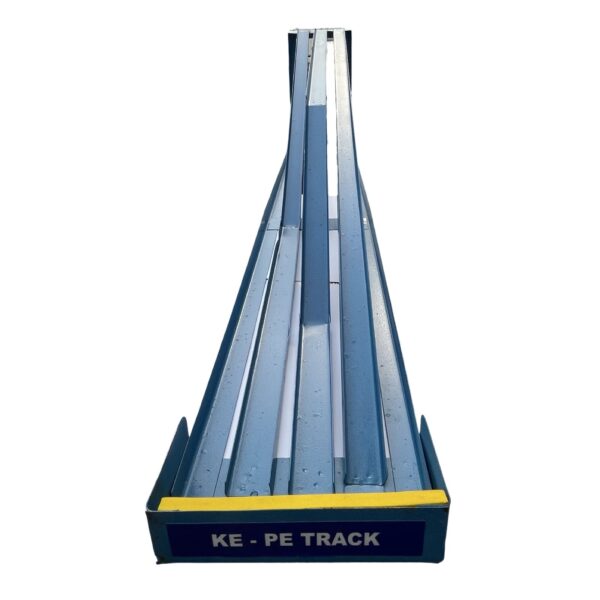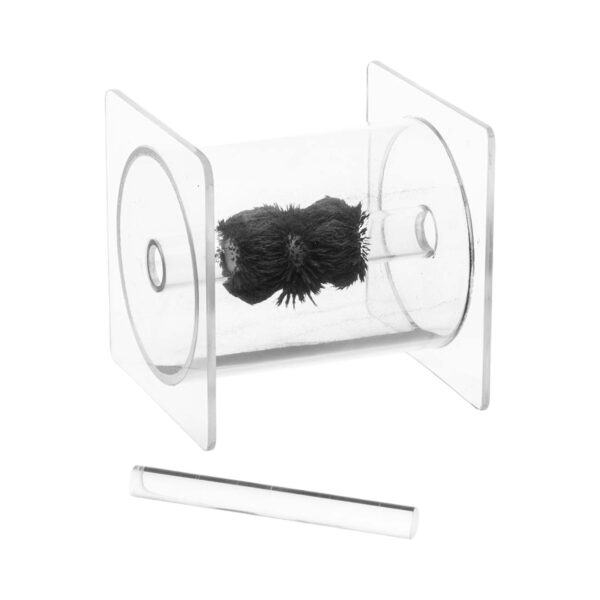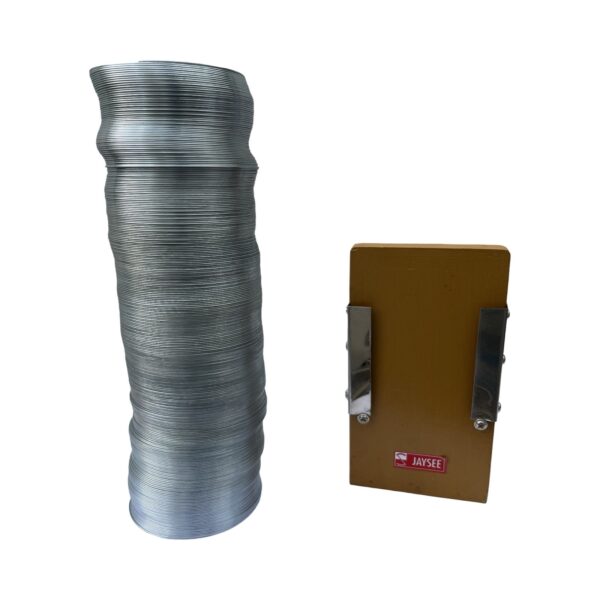- Pick up from the Samtech Store in Ambala
To pick up today
Free
- Courier delivery
Our courier will deliver to the specified address
4-5 Days
200+


₹1,000 Original price was: ₹1,000.₹750Current price is: ₹750. (Exc. GST)
To pick up today
Free
Our courier will deliver to the specified address
4-5 Days
200+
The Transverse and Longitudinal Wave using Slinky experiment is an effective and engaging way to demonstrate the properties of transverse and longitudinal waves. To conduct the experiment, you will need a Slinky, a smooth surface to stretch it along, and a measuring tape to observe wave properties. Begin by stretching the Slinky out on the ground to create a straight line, ensuring there is enough tension in the coil.
This setup mimics a medium through which waves can travel. By moving one end of the Slinky up and down quickly, you can generate a transverse wave. This type of wave features the particles of the medium moving perpendicular to the direction of energy transfer, allowing you to observe how wave crests and troughs propagate along the Slinky.
Next, to demonstrate longitudinal waves, you need to adjust your technique. Instead of moving the Slinky up and down, push and pull one end of the Slinky back and forth along its length. This creates areas of compression and rarefaction within the coils. In this wave type, the particles of the medium move parallel to the direction of the wave’s travel, which can be seen as sections of the Slinky getting squished together and then stretching apart. By observing these movements, spectators can better understand how sound waves and seismic waves operate in similar compressional patterns.
Finally, the Transverse and Longitudinal Wave using Slinky experiment can serve as a comprehensive learning tool in physics education. By clearly visualising the differences between transverse and longitudinal waves, participants gain a deeper understanding of wave properties such as amplitude, wavelength, and frequency. The hands-on nature of the experiment also encourages participation and inquiry, making it accessible and enjoyable for learners of various ages. Discussing real-world examples of waves, like ocean waves or sound, further enhances the learning experience, solidifying the fundamental concepts associated with wave mechanics.
In stock
In stock
In stock
No account yet?
Create an Account
SAMTECH INSTRUMENTS
Typically replies within minutes
Any questions related to Transverse and Longitudinal Wave using Slinky?
🟢 Online | Privacy policy
WhatsApp us

